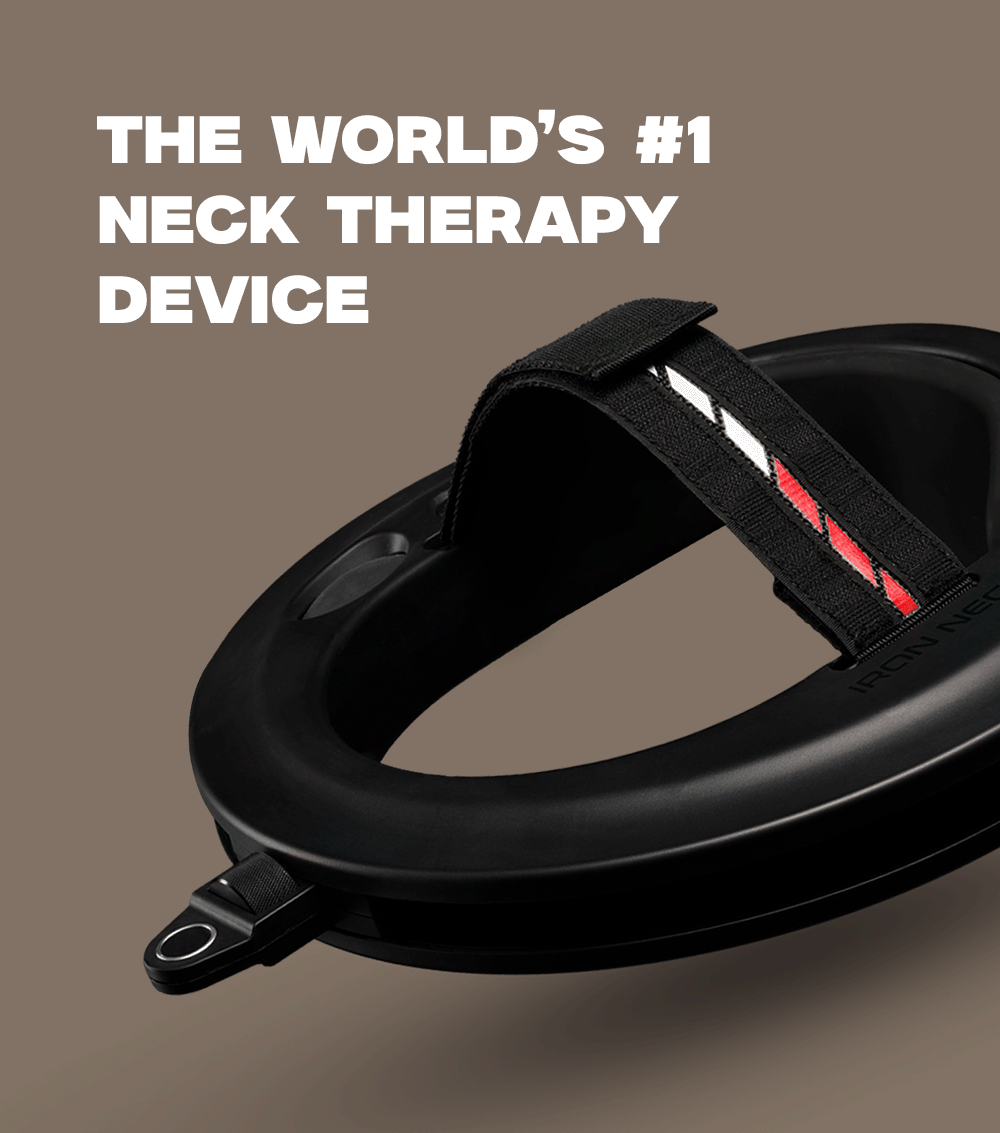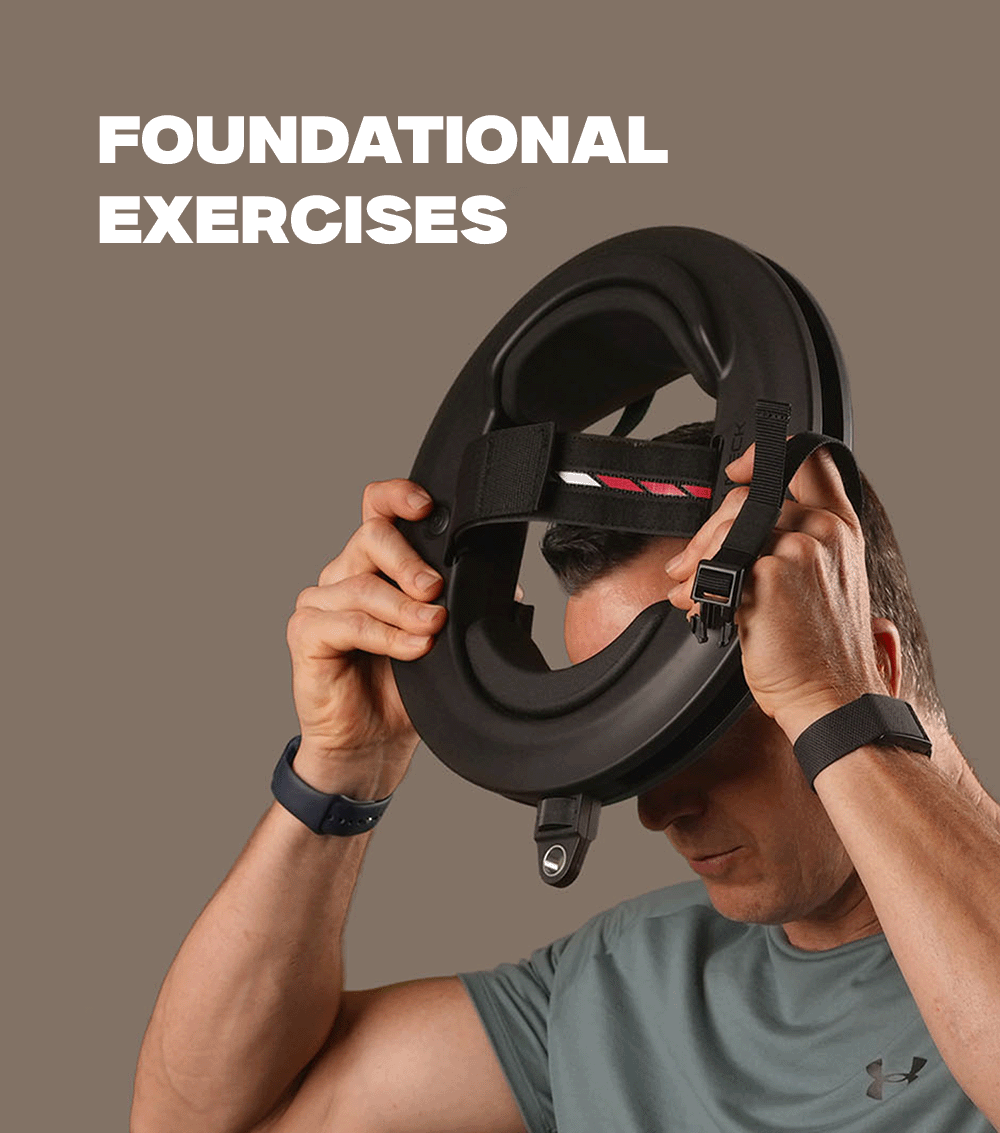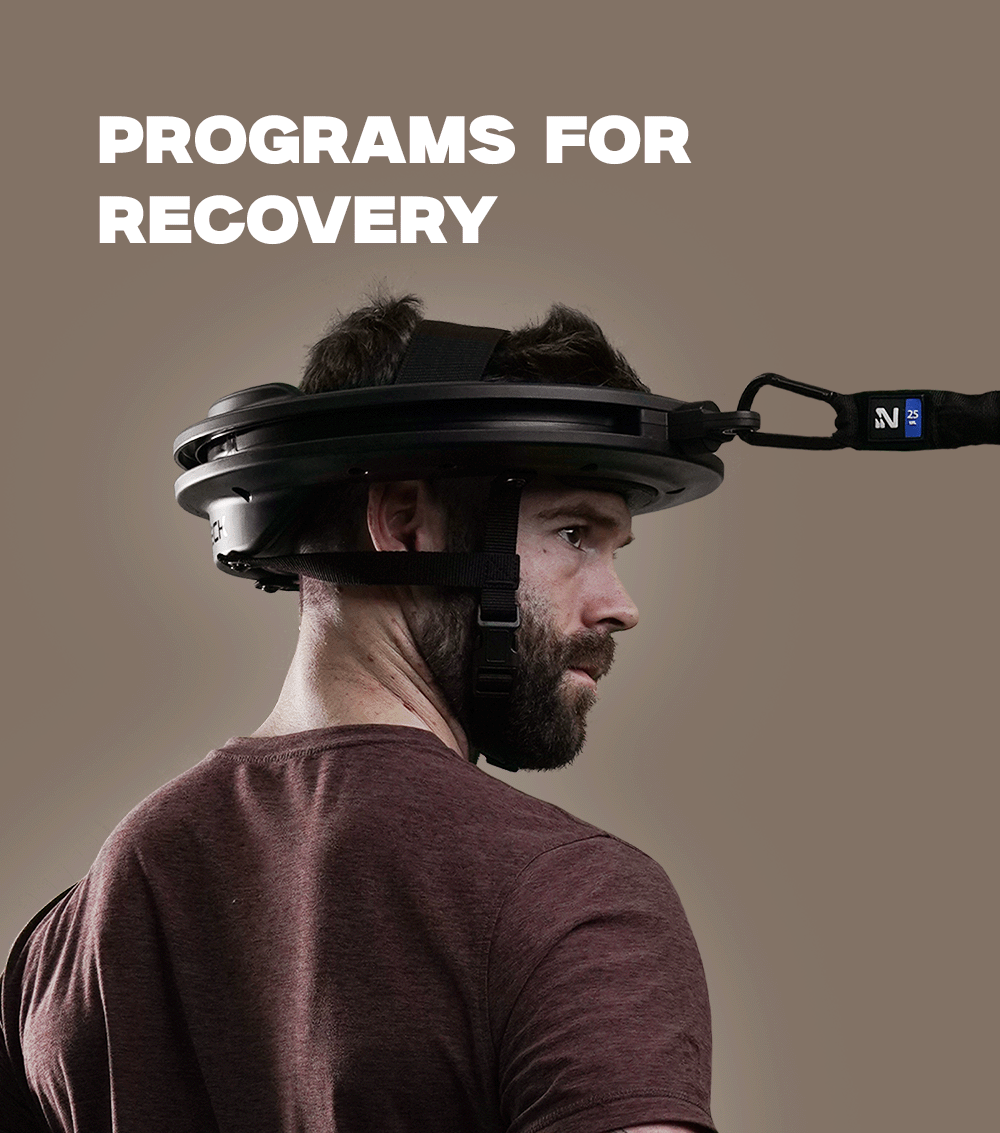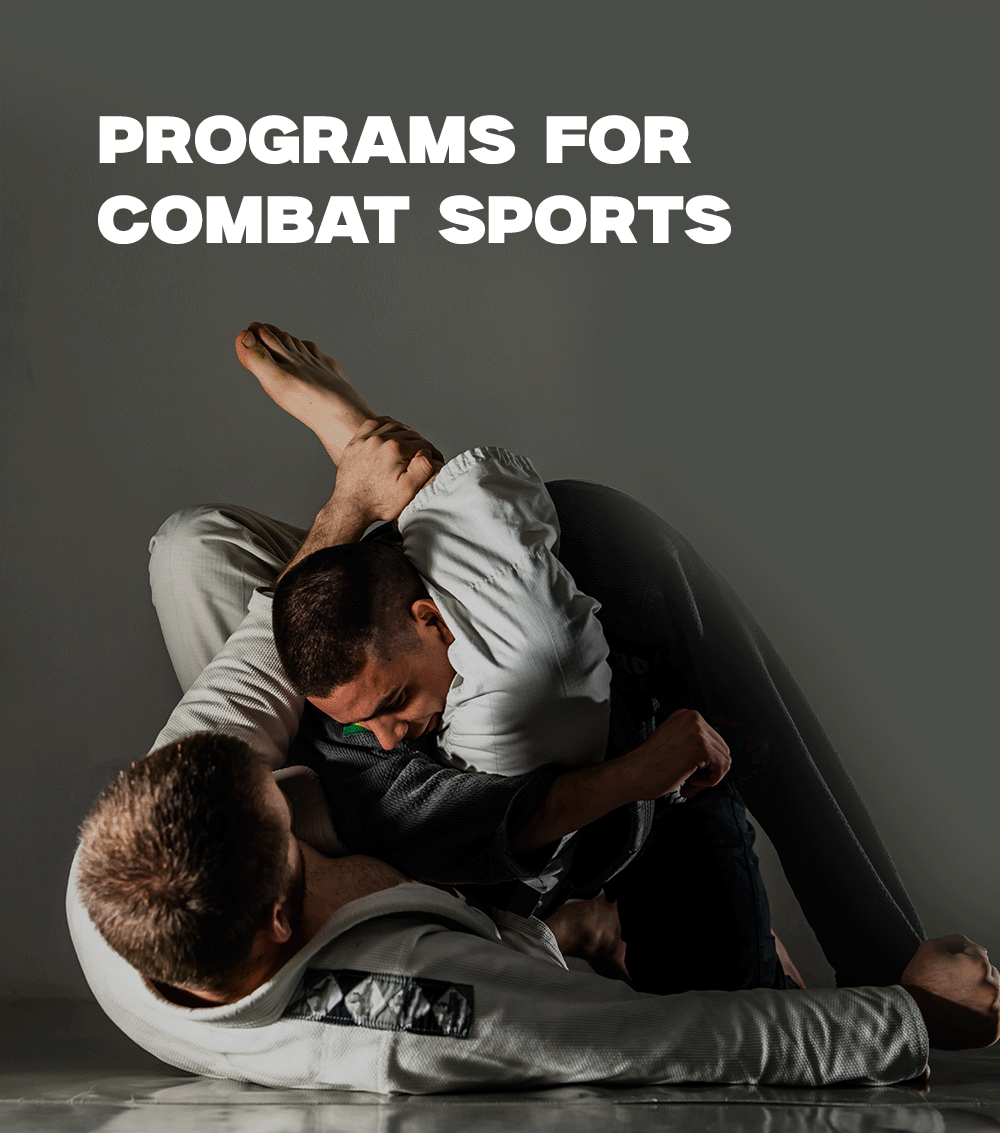Introduction
Ever heard of Military Neck? It’s not as cool as it sounds. Picture this: you're standing at attention, shoulders back, neck straight, and before you know it, your neck is stiff as a board. That's Military Neck for you. This condition, also known as cervical kyphosis, can be a real pain in the neck—literally. But don’t fret! We’ve got the lowdown on how to manage it effectively.
What is Military Neck?
Military Neck is a condition where the natural curve of the cervical spine straightens or even curves in the opposite direction. Instead of the spine having that gentle, forward curve, it becomes unnaturally straight. This can lead to a host of issues, from chronic pain to mobility problems. It’s like your neck’s got its own version of a bad attitude.
Why Does Military Neck Happen?
Several factors can lead to Military Neck:
- Poor Posture: Sitting hunched over your computer all day? Guilty as charged.
- Injury: Whiplash from a car accident or a sports injury can be the culprits.
- Degenerative Disc Disease: As we age, the cushions between our vertebrae can wear down.
- Congenital Issues: Sometimes, it’s just the way your bones are built.
Symptoms of Military Neck
Recognizing the symptoms is half the battle. Here’s what to watch out for:
- Chronic neck pain: A nagging discomfort that just won’t quit.
- Stiffness: Your neck feels like it’s made of concrete.
- Limited Range of Motion: Turning your head becomes a Herculean task.
- Headaches: The pain can radiate upward, making your head pound.
- Numbness or Tingling: Especially in the arms or hands, due to nerve compression.
Real Stories, Real People
John, a 42-year-old accountant, found himself in a pickle. After years of hunching over spreadsheets, he noticed his neck was perpetually stiff. “I felt like a robot, barely able to turn my head,” he said. After seeing multiple specialists, he was diagnosed with Military Neck. John’s story isn’t unique; it’s a common tale among men in their 30s to 50s.
Then there’s Mike, a former football player. After a particularly nasty tackle, his neck never quite felt the same. “It was like my neck was permanently set in stone,” Mike recalls. His condition worsened over time, leading to a diagnosis of cervical kyphosis.
How to Deal with Military Neck
Exercise and Physical Therapy
You wouldn’t believe how much a bit of movement can help. Here are some things that might just do the trick:
Ergonomic Adjustments
- Desk Setup: Ensure your computer screen is at eye level.
- Chair Support: Use a chair with good lumbar support.
- Frequent Breaks: Stand, stretch, and move every hour.
Pain Management
- Heat and Ice Therapy: Alternate between heat packs and ice packs.
- Over-the-Counter Meds: Anti-inflammatory drugs can help reduce pain.
- Massage Therapy: A good massage can work wonders for those tight muscles.
Medical Treatments
Sometimes, lifestyle changes aren’t enough. Consulting a doctor for more advanced treatments is crucial:
- Physical Therapy: A professional can tailor exercises to your needs.
- Chiropractic Care: Adjustments might help realign your spine.
- Medications: Prescription meds may be necessary for severe pain.
- Surgery: In extreme cases, surgical intervention might be required.
What are the Top Exercises for Military Neck Correction?
While it's important to seek medical advice from your doctor if you're already seeing one for your neck problems, you can give these a shot in an effort to alleviate your pain and discomfort today! You'll be able to perform any of these movements at home, with pretty minimal supplies and equipment - let's start with a simple one.
Cervical Retraction
The cervical protraction and retraction exercise can really help open up the stiffness in your neck. It's best done with a neck harness and resistance band. Stand in the forward-facing position with the wall. Put a slight bend in your knee, allowing the resistance band to pull you forward. Pull back with retraction, bringing your tailbone back into a curved position, the way your spine is designed to be held. Slouch forward, creating a rounded appearance with your spine. Your chin and SI joint should be as far back as possible in the protracting position, then as close as possible to the anchor point. Your rib cage should come down as well as your abdomen, the muscles pulling down and then expanding back as you move forward and back in this movement.
Cervical Lateral Flexion
The cervical lateral flexion can be done both with and without formal equipment like a neck harness or resistance band. To do this exercise, bring your right ear to your right shoulder as far as possible. Do not rotate your neck. Hold the position for 15 seconds, then repeat with the left side. You may need to do this five times a day for the best results.
Cervical Rotation
In the cervical rotation exercise, you will turn your neck to the right as far as possible while attempting to touch your chin to your shoulders. Hold the position for 15 seconds, then repeat with your left side. Again, you may need to do this exercise a few times per day.
360 Spin
The 360 Spin is an exercise that's best performed with a resistance band or device like the Iron Neck attached to an anchor point on a wall. It requires slowly moving away from the anchor point of a resistance band to add tension. Perform the exercise at a distance that is challenging but allows you to maintain an upright position. Start facing away from the wall with your resistance band attached. Perform three controlled rotations, turning yourself clockwise, then counterclockwise three times each. Move slowly with about ten seconds allotted for each rotation.
Look Left look Right
This effective exercise will help you build strength and mobility in your neck. Start with your shoulders back and chest up. Turn your head to the left, then to the right, until you reach the end of your range of motion. Do not let your shoulders move. Perform five times, facing forward, then perform five times facing left and five facing right. Again, keep your shoulders steady. This is an exercise that, again, can be done on its own, but is doubly effective by using a device like the Iron Neck.
What Equipment Is Needed To Perform These Exercises For Military Neck?
The exercises above can be performed using nothing more than the weight of your head at first. In fact, we actually recommend this approach so you can perfect your technique before adding any sort of resistance into the equation. At a certain point, though, you'll want to incorporate some form of resistance to further the benefits these exercises have to offer. The good news is you don't need a gym membership or even some lavish home gym to perform these movements effectively.
There are two ways you can go about this - adding a neck harness with resistance bands or investing in the #1 neck strengthened currently on the market - the Iron Neck device. The Iron Neck Machine is the #1 way you can strengthen your neck, improve your posture, and prevent injury. While it's always a good idea to see your doctor before doing any exercises, this device is the best way to develop your neck strength so that you can avoid or treat neck issues caused by weakness or immobility.
No matter which route you take - a harness and bands or the Iron Neck device itself - you can rest assured you'll be well on your way to correcting the effects of cervical kyphosis. No matter how bad it is, you can start feeling better today with just a few simple exercises and stretches!
Military Neck in Combat Sports
Combat sports athletes are particularly susceptible to Military Neck. The constant strain on their necks from grappling, striking, and taking hits can exacerbate the condition. For these warriors, prevention is key.
Preventive Measures for Athletes
- Proper Warm-Up: Always warm up before training.
- Strength Training: Focus on neck and shoulder muscles.
- Protective Gear: Use equipment designed to support the neck.
- Technique Training: Ensure proper techniques to avoid unnecessary strain.
FAQs
Q: Can Military Neck be reversed? A: While it can’t always be fully reversed, symptoms can often be managed and improved with the right treatments.
Q: Is surgery always necessary for Military Neck? A: Not always. Most cases can be managed with non-surgical treatments like physical therapy and lifestyle changes.
Q: How long does it take to see improvement? A: It varies. Some people see improvements within weeks, while others may take months. Consistency is key.
Q: Can children develop Military Neck? A: It’s rare but possible, especially if there’s a congenital issue or injury.
Q: Are there any long-term complications? A: If left untreated, Military Neck can lead to chronic pain, decreased mobility, and even nerve damage.
Conclusion
Military Neck might sound like something out of a boot camp, but it’s a real condition that affects many, especially men in their 30s to 50s. The good news? With the right strategies, you can manage and even alleviate the symptoms. Whether it’s through exercise, ergonomic adjustments, or medical treatments, there’s hope. So stand tall, take charge, and give that stiff neck the boot.
Remember John and Mike? They both found relief through targeted physical therapy and lifestyle changes. You can too. Don’t let Military Neck keep you at attention—relax, stretch, and get back to feeling like yourself again.






